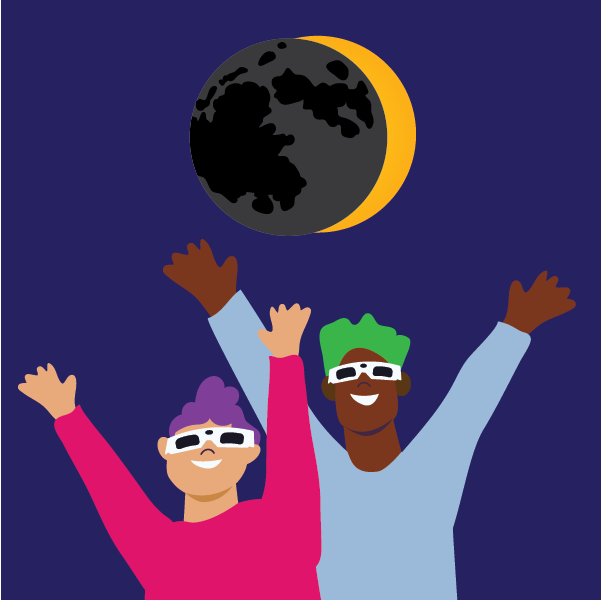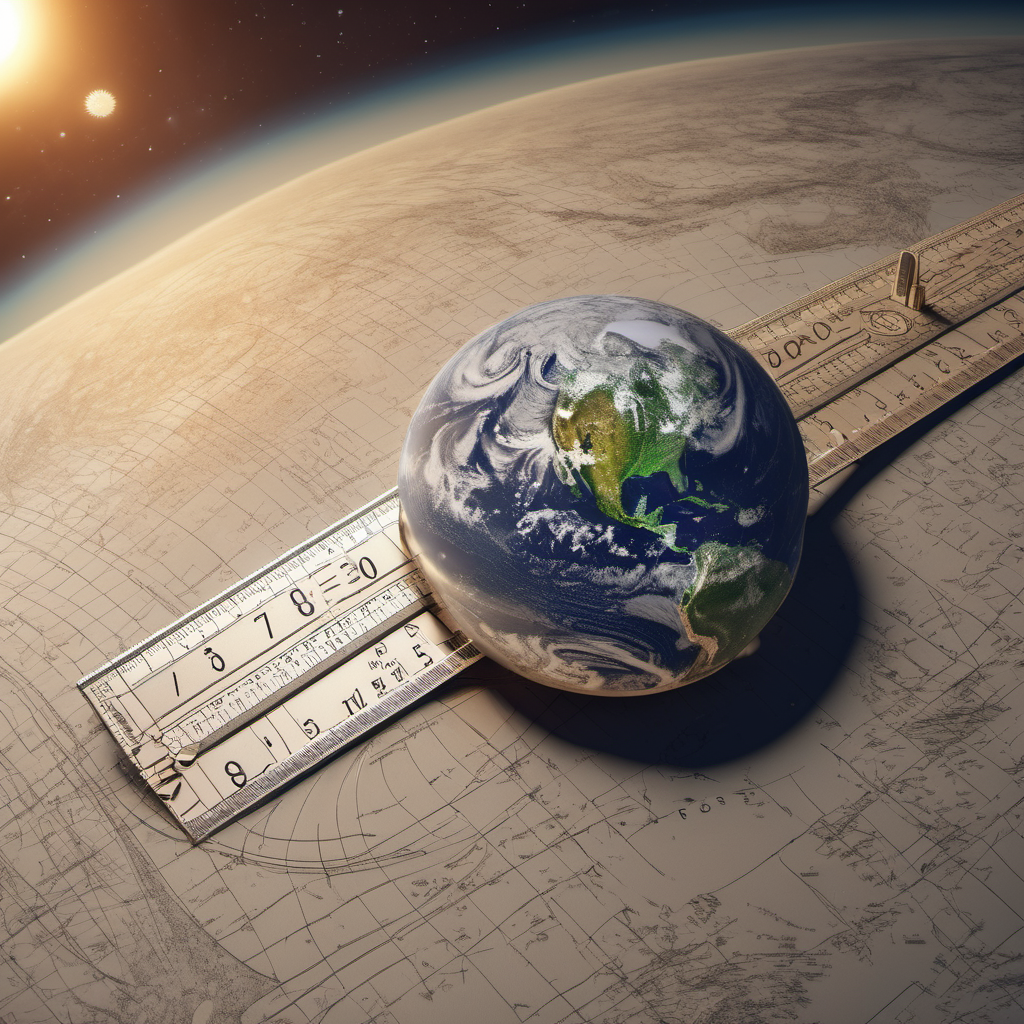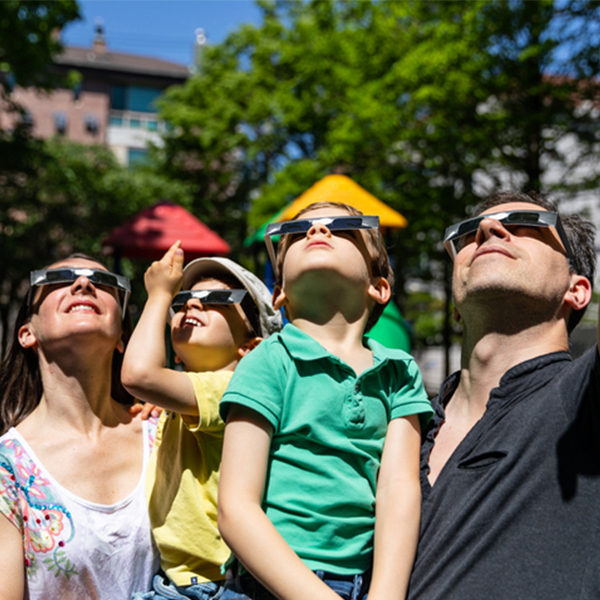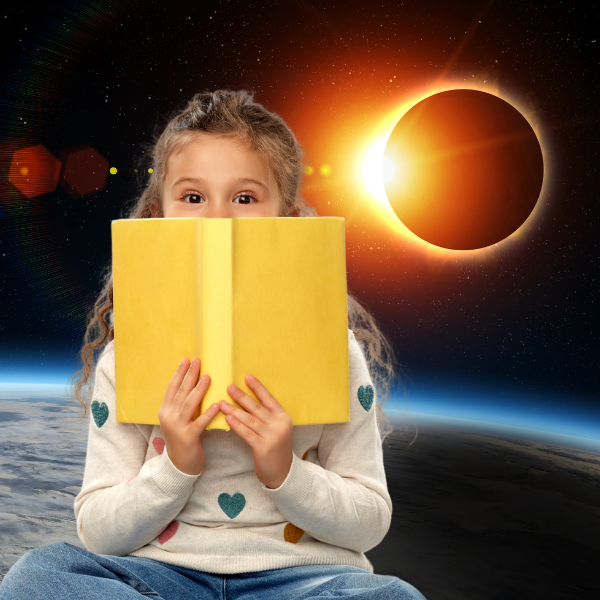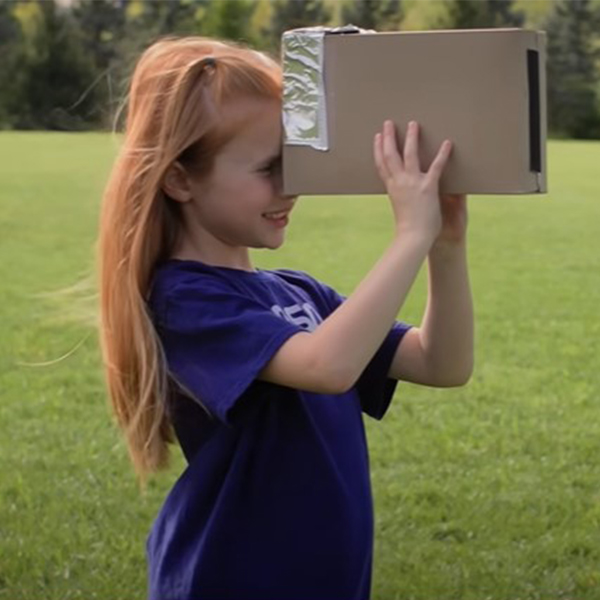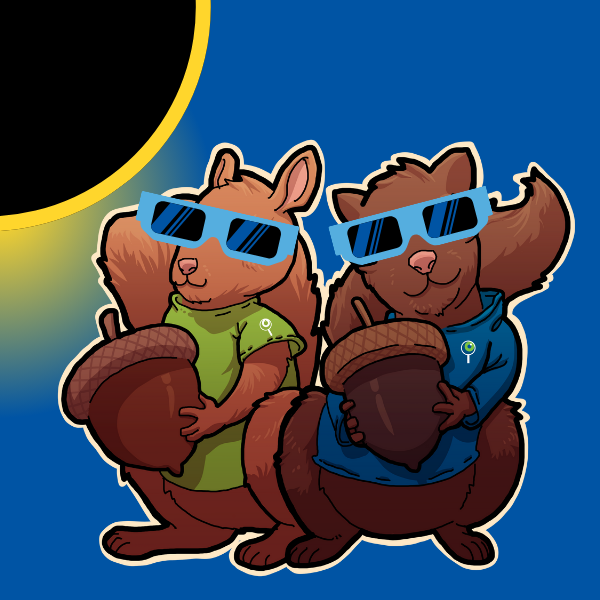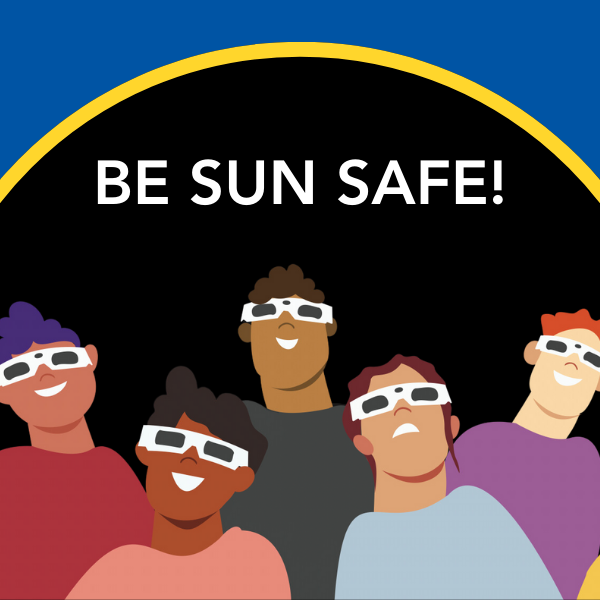Teaching Resources and Videos
More Resources and Knowledge-Builders
Safety
Safety is the #1 priority when viewing the solar eclipse. Except during the brief total phase of a total solar eclipse, when the Moon completely blocks the Sun’s bright face, it is not safe to look directly at the Sun without specialized eye protection for solar viewing.
The most straightforward method for safeguarding your eyes is by using eclipse glasses. Make sure to secure your glasses well ahead of time, as they’ll be in short supply as the event draws closer.
And remember - regular sunglasses are not appropriate for safely viewing an eclipse.
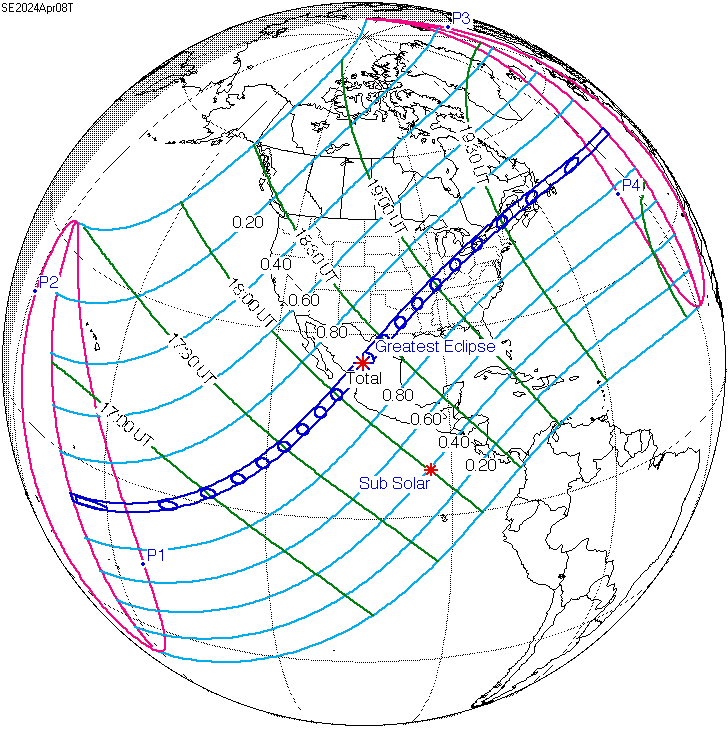
Where?
The eclipse will enter Canada in Southern Ontario, and continue through Quebec, New Brunswick, Prince Edward Island, and Cape Breton. The eclipse will exit continental North America on the Atlantic coast of Newfoundland, Canada, at 5:16 p.m. NDT. For those lucky enough to be in the ‘path of totality’, daytime will turn into darkness for a short time.
From beginning to end, the eclipse will be visible for about 2 hours, and whether you’re in the path of totality or outside it, you will still have a fantastic experience!
What to expect:
This largely depends on where you are located, however you can still expect to observe the following:
-
Light quality – as more of the Sun gets eclipsed, you’ll notice daylight starting to fade and shadows will become sharper
-
Temperature change – while the Sun is hidden by the Moon, temperatures will fall by about 5 degrees Celsius depending on weather conditions at your viewing site.
-
Animal behaviour – you may notice changes in normal behaviours; are the birds singing?
Potential curriculum links include:
-
Science (e.g. Earth-Moon-Sun system, light, effect on environment)
-
Math (e.g. why some areas see a total eclipse and others a partial)
-
Art (e.g. perspective and annular vs total eclipses)
-
History (e.g. how eclipses have been recorded and interpreted)
-
Health (e.g. importance of eye safety)
Source: Discover the Universe

